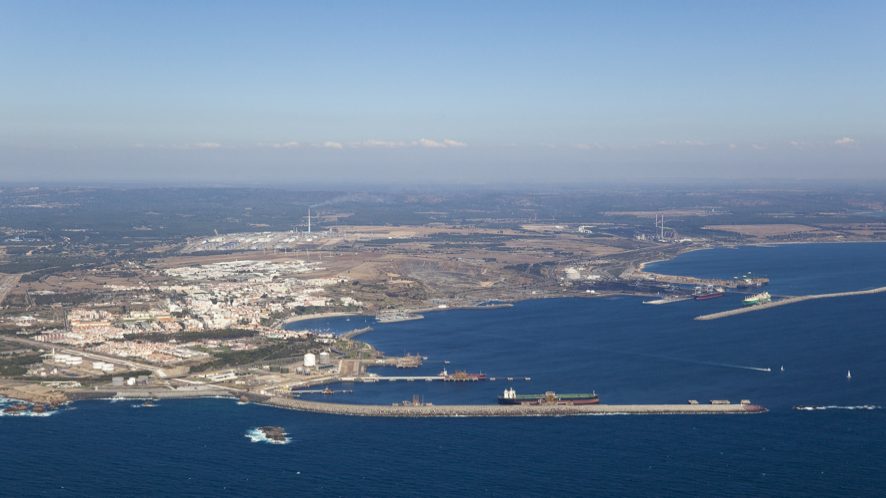Green jobs account for 13,2% of employment
This kind of employment represented 13.2% of total employment in Portugal in 2019, mainly in the energy, construction and transport sectors and associated with leadership positions.
Green employment represented 13.2% of total employment in Portugal in 2019, mainly in the energy, construction and transport sectors and associated with leadership positions, according to a study to be released on Tuesday.
These are some of the conclusions of the executive summary of the study “The green economy and the evolution of the labour market in Portugal”, conducted by the Centre for Labour Relations (CRL) in collaboration with the University of Minho.
The study by Francisco Carballo-Cruz, João Cerejeira, Rita Sousa and Sergey Volozhenin showed that 5.7% of the green jobs (about 145,000 workers) are in professions “with increased demand”, i.e., where no significant change in tasks and skills is expected, but where a rise in employment is expected due to the decarbonisation process of the economy.
The percentage of employment in professions that will change skills is 5.9% (150,000 employees). In comparison, the percentage of employment in new or emerging professions during the energy transition process is 1.6% (42,000 employees), the study said.
The sectors most affected by the process of decarbonisation of the economy are the “electricity, gas, steam, hot and cold water and cold air” sector, with almost 40% of its employment in green occupations in 2019, followed by the construction sector and the transport and storage sector, with 26% and 25% of employment, respectively.
The study also said that the sectors with the highest percentage of employment with an increase in demand are “electricity, gas, steam, hot and cold water and cold air” (23%), manufacturing (13%) and construction (11% of employment).
The sectors where a greater need for retraining skills are foreseen are transport and storage (16%), “water supply; sewerage, waste management and remediation activities” (15%) and “professional, scientific and technical activities” (10%).
The new and emerging occupations associated with the green economy have, in turn, greater expression in the sectors of “electricity, gas, steam, hot and cold water and cold air”, construction, and “consulting, scientific, technical and similar activities”, with 7%, 6% and 3%, respectively.
The sectors of “manufacture of motor vehicles, trailers, semi-trailers and components for motor vehicles” and “manufacture of other transport equipment” are those where the greatest need for retraining is expected, with more than 25% of its workers in professions in this situation.
The study also stated that the proportion of men in green occupations was 18.7%, almost three times that of women (6.5%), adding that “the older they were, the higher the proportion of workers in green jobs”.
“Reskilling needs are more evident in the group of older workers, aged over 45”, and “younger workers have a greater presence in occupations with increased demand,” the document said.
The authors also concluded that “almost 14% of workers with higher education are in green occupations, a figure higher than the 11.9% of workers with secondary education, although close to the 13.6% of workers with education levels below secondary education.”
The regional analysis shows greater importance of green employment in the Centre, Alentejo and North regions, reflecting the manufacturing, construction and energy specialisation profile.
As for wages, the study stated that green jobs tend to be better paid, indicating that “approximately one-fifth of workers with monthly earnings situated in the highest quartile are in green jobs, while in the first quartile, this percentage is less than 9%”.
The professional group with the highest proportion of green jobs (28.1%) is “representatives of legislative power and executive bodies, directors, executive officers and managers”, mostly belonging to professions with altered skills.
In absolute value, the group with the highest number of green workers is “skilled workers in industry, construction and crafts”, with a figure close to 70,000.
In contrast, in the occupational group with the highest number of workers, that of “workers in personal services, protection and security and sales workers”, only 0.7% are in green occupations.
The companies that employ workers in green jobs tend to be larger in size, have a higher percentage of foreign capital and accumulate a higher level of seniority.
The study’s authors stated that “there is a high degree of uncertainty regarding the future evolution of energy and climate transition processes” and “the quantitative impacts of the transition to a low-carbon economy on labour markets in various sectors.”


